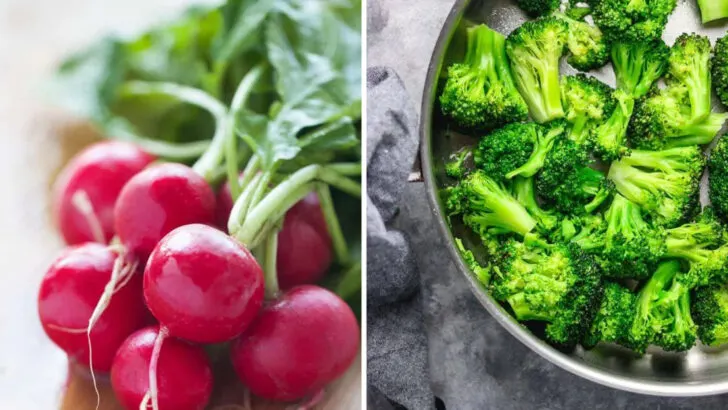Timing really does matter in the garden. Some vegetables absolutely thrive in the crisp, cooler air of spring and fall, while others need that steady summer heat to do their best. If you’ve ever planted lettuce in July only to watch it bolt overnight, or waited too long to start your peppers, you’re not alone.
Getting to know which veggies prefer which conditions makes gardening a lot less frustrating—and a lot more productive. It’s not just about temperature either; sunlight hours and soil warmth play a role too. Here are 11 vegetables that love the chill, and 8 that won’t be happy until things really heat up.
Spinach
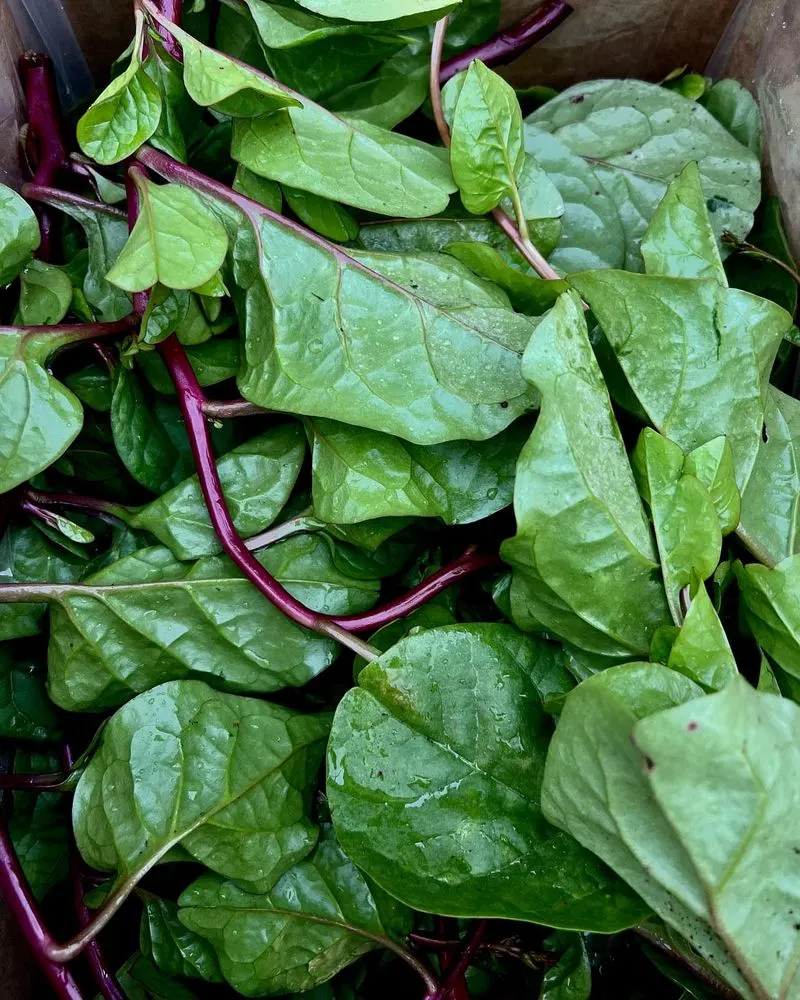
Spinach is a favorite among cool-weather crops. Its vibrant green leaves flourish when temperatures are lower, providing a rich source of nutrients. Early spring or autumn is ideal for planting. Spinach struggles in heat, often bolting and becoming bitter, which is why it’s preferred by gardeners in cooler climates.
In milder regions, spinach can be grown most of the year. Its adaptability makes it a staple for many, offering versatility in the kitchen. From salads to main dishes, spinach adds a nutritious touch to any meal.
Fun fact: Spinach was the first frozen vegetable sold commercially!
Broccoli
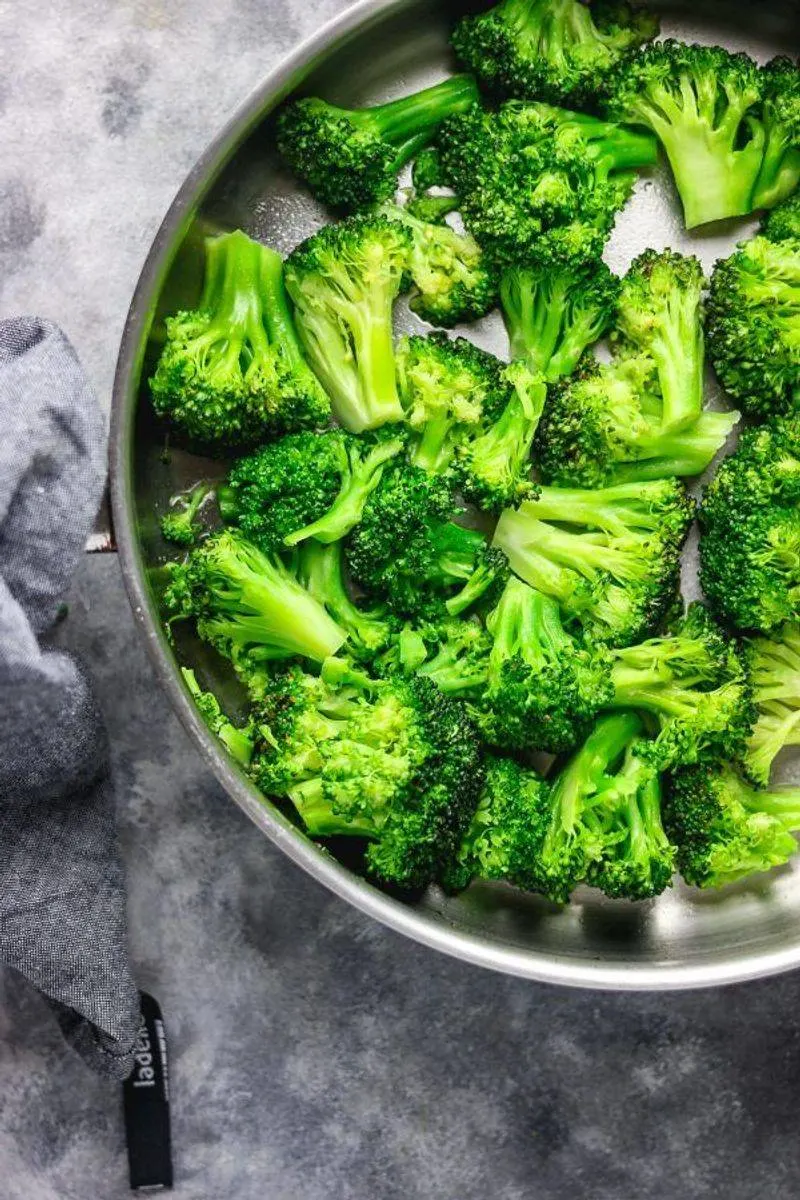
Broccoli might remind you of childhood dinners, but its cool-weather preference is something many don’t know. This vegetable grows best when the temperature is mild, producing dense, delicious heads. Broccoli’s rich flavor and health benefits, including high vitamin C and fiber content, make it a garden favorite.
Planting broccoli in early spring or fall ensures a plentiful yield. It’s prone to bolting in hot weather, so timing is key. Consider starting seeds indoors, then transplanting them outside.
Did you know that broccoli has been cultivated for over 2,000 years, originating from Italy?
Lettuce
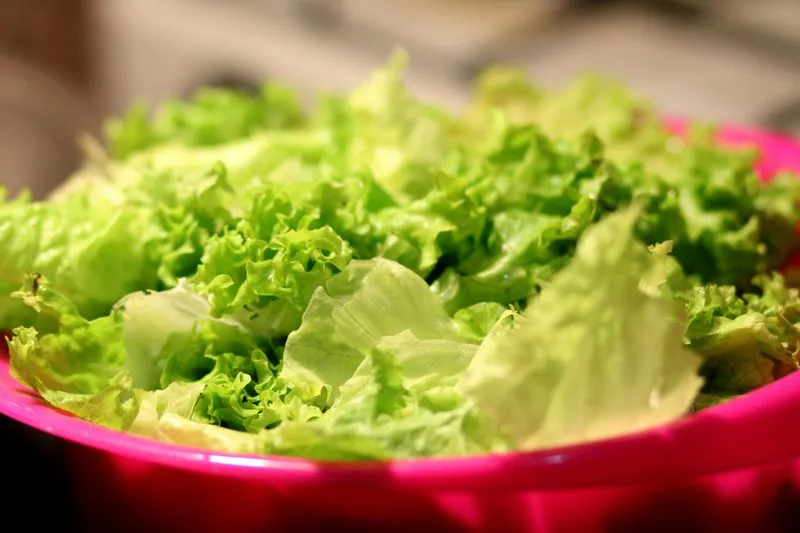
Lettuce, the crunchy salad star, thrives in cooler weather. Unlike its summer companions, lettuce appreciates the shade and lower temperatures, producing tender, flavorful leaves. Planting lettuce in early spring or fall ensures a steady supply for your salads.
There are numerous varieties to experiment with, each offering unique textures and flavors. From romaine to butterhead, lettuce adds diversity to your garden.
A quirky fact: Lettuce was revered by the ancient Egyptians, who believed it to be a symbol of fertility and rebirth. It’s a timeless addition to any garden.
Cabbage
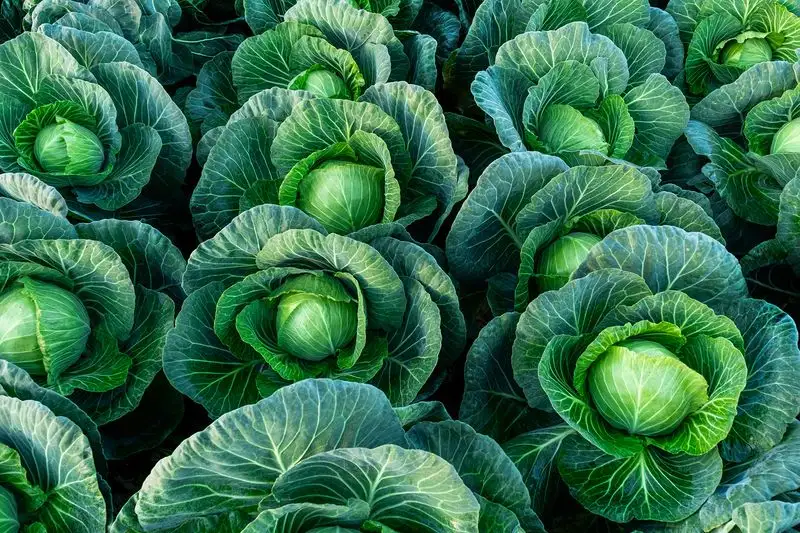
Cabbage, with its tightly wound leaves, is a cool-weather classic. Its hardy nature allows it to withstand colder temperatures, making it perfect for autumn or early spring planting. Cabbage is versatile in the kitchen, from coleslaw to sauerkraut.
This vegetable requires patience, as it takes time to mature. However, the wait is worth it for its rich flavor and nutritional benefits. Cabbage is packed with vitamins K and C, making it a healthy choice.
A fun tidbit: Cabbage has been grown for over 4,000 years, with origins tracing back to the Mediterranean.
Cauliflower
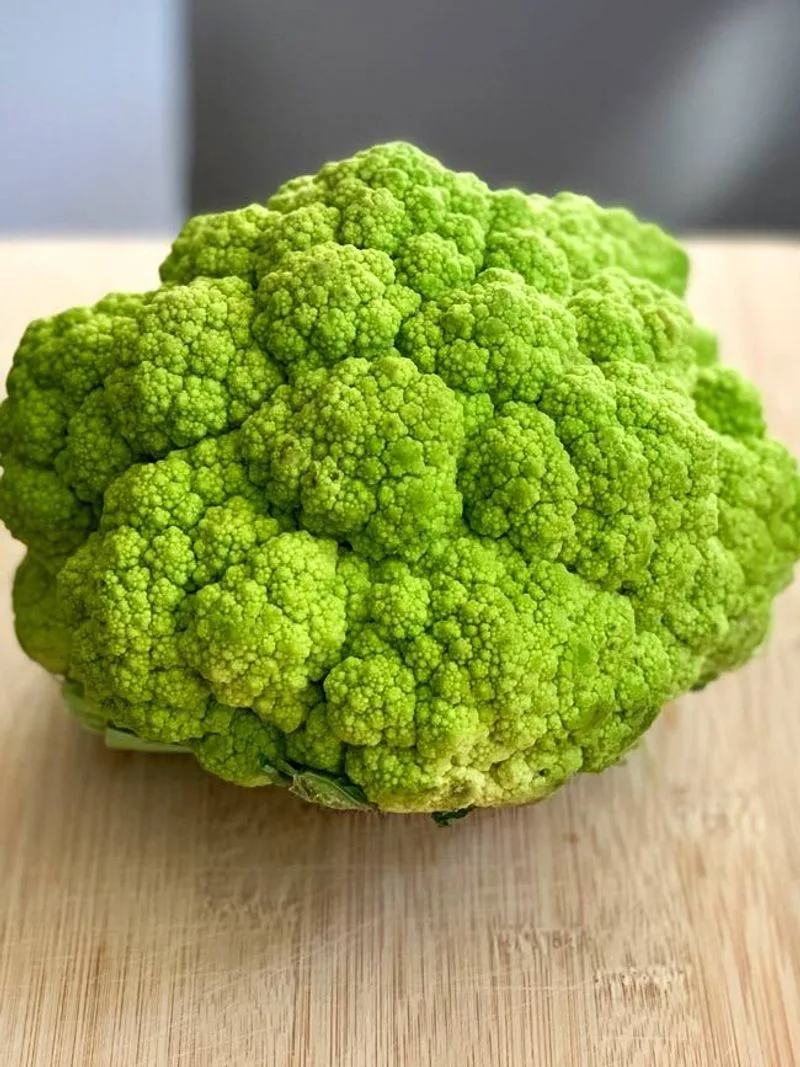
Cauliflower’s unique appearance isn’t the only thing that stands out. This vegetable thrives in cool weather, producing compact, white heads that are both nutritious and delicious. Best planted in spring or fall, cauliflower requires consistent care for optimal growth.
Its mild flavor makes it a versatile addition to any meal, whether roasted, steamed, or mashed. Cauliflower is rich in vitamins C and K, as well as fiber.
Did you know? Cauliflower was originally grown in the Mediterranean region and has become a popular choice for low-carb diets worldwide.
Kale
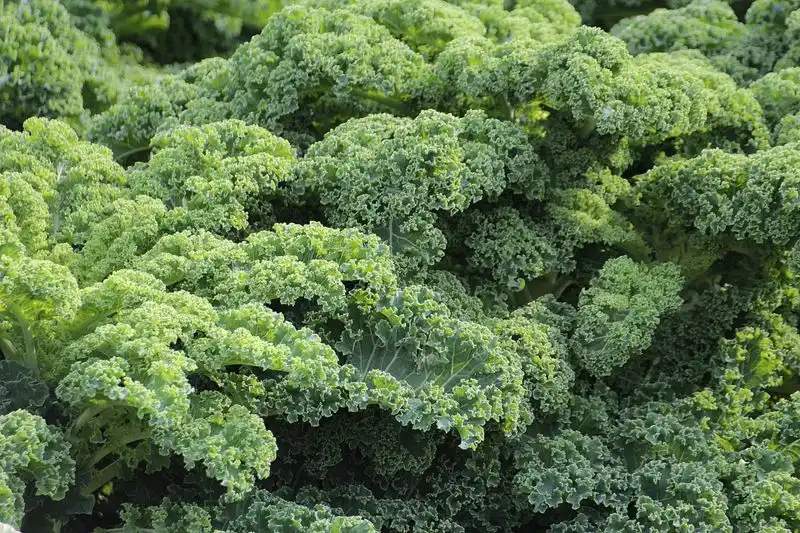
Kale, the trendy superfood, is a robust cool-weather vegetable. Its curly or flat leaves thrive in cooler climates, offering a multitude of nutrients. Kale can be planted in early spring or late summer for a fall harvest.
This leafy green is not only nutritious but also versatile. Enjoy it in salads, smoothies, or baked as chips. Kale’s resilience against frost even enhances its flavor, making it sweeter with each cold snap.
Fun fact: Kale was among the most common green vegetables in Europe until the end of the Middle Ages.
Brussels Sprouts

Brussels sprouts may divide opinions, but their preference for cool weather is undeniable. These mini cabbages grow best when temperatures are mild, developing their unique flavor over time. Planting in late summer ensures a fall harvest.
The long growing season of Brussels sprouts requires patience, but the result is worth it. Rich in vitamins C and K, they are a nutritious addition to any meal.
An interesting note: Brussels sprouts originated in the area of modern-day Belgium, and their cultivation dates back to the 13th century.
Peas
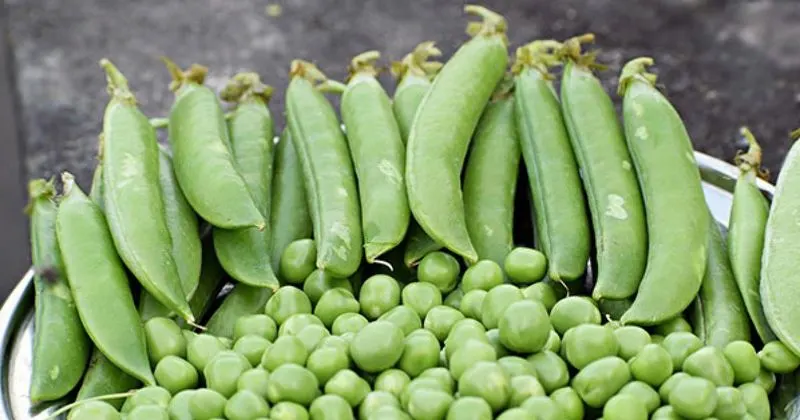
Peas, with their sweet and tender nature, thrive in cool weather, making them a springtime favorite. These climbing plants appreciate cooler temperatures, producing pods filled with delightful peas.
Whether eaten fresh, in salads, or cooked, peas offer a burst of sweetness. They are a good source of vitamins A, C, and K, making them a healthy addition to your garden.
Fun fact: Peas are one of the oldest cultivated crops, with evidence of their cultivation dating back to 9600 BC in the Middle East.
Radishes
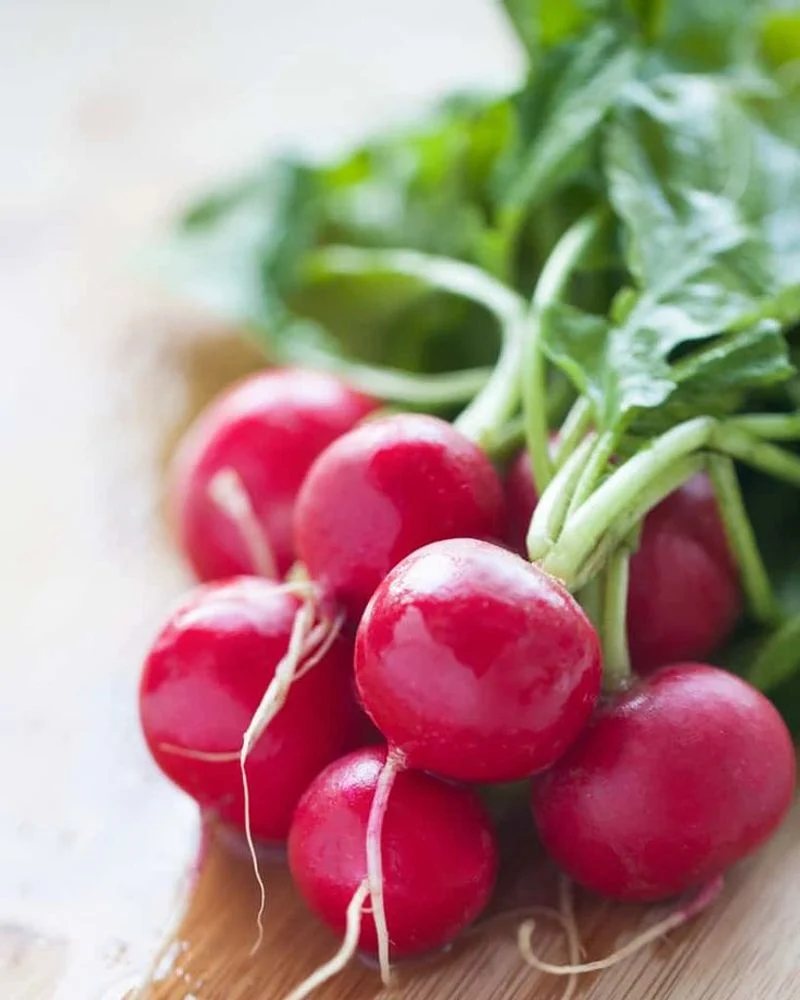
Radishes are known for their peppery crunch and cool-weather preference. Best grown in spring or fall, radishes mature quickly, providing a rewarding harvest in as little as three weeks.
Their vibrant colors and distinct flavors add zest to salads and dishes. Radishes are also a good source of vitamin C and potassium, enhancing their appeal.
A quirky tidbit: Radishes were so highly regarded in ancient Egypt that they were paid as wages to laborers and offered to the gods, symbolizing prosperity and abundance.
Turnips
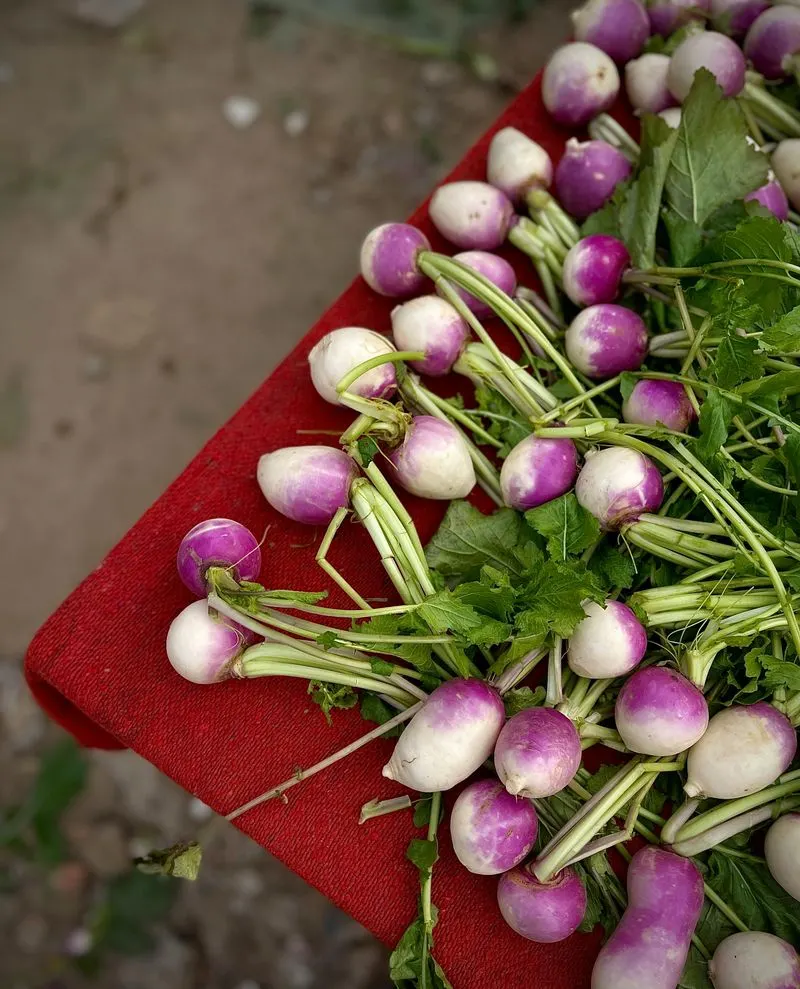
Turnips, often overlooked, are a cool-weather root vegetable that deserves more attention. These hardy plants are planted in early spring or fall, thriving in cooler climates where they develop their distinct flavor.
Turnips are versatile, enjoyed both raw and cooked. Rich in vitamin C and fiber, they provide valuable nutrients.
An interesting fact: Turnips were used as jack-o’-lanterns in Ireland before pumpkins became popular. This quirky history adds an interesting twist to your garden’s narrative.
Carrots
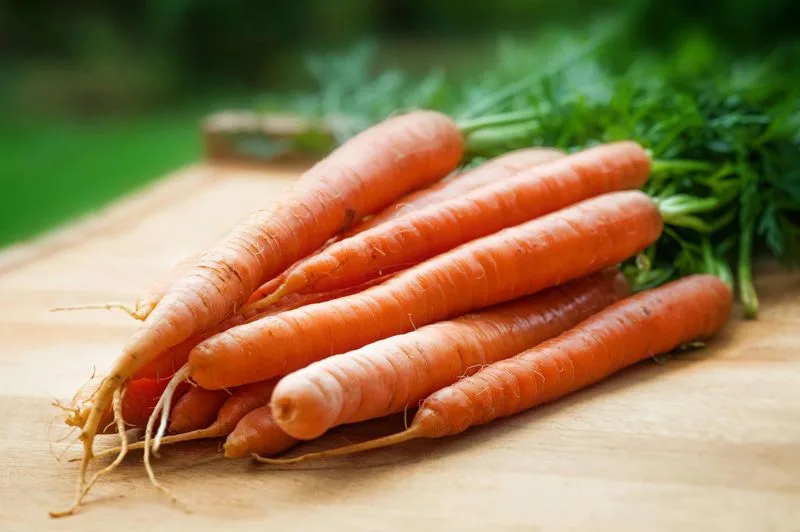
Carrots, with their vibrant orange hue, thrive in cooler conditions. These root vegetables develop their sweet flavor best when temperatures are mild, making spring and fall ideal planting times.
Carrots are incredibly versatile, enjoyed raw, roasted, or added to stews and soups. Packed with beta-carotene and fiber, they offer numerous health benefits.
Fun fact: The original carrots were purple, and the orange variety was developed in the Netherlands as a tribute to the House of Orange. This colorful history adds depth to their appeal.
Tomatoes
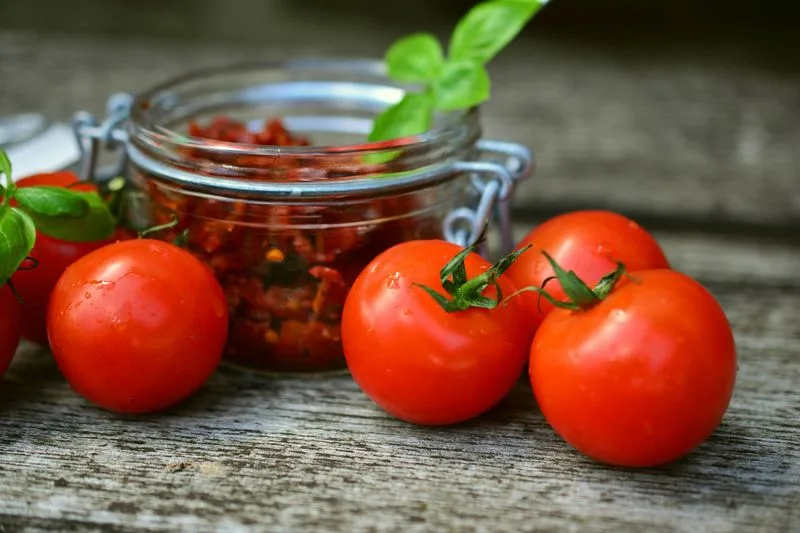
Tomatoes, synonymous with summertime, thrive in the heat. These sun-loving plants need warmth to produce their juicy, flavorful fruits. Plant tomatoes after the last frost for a bountiful harvest.
From salads to sauces, tomatoes are a versatile kitchen staple. They are rich in vitamins C, K, and potassium, adding nutritional value.
Did you know? Tomatoes are technically a fruit and were once feared as poisonous in Europe. Their transformation into a beloved food is a testament to their adaptability and appeal.
Bell Peppers
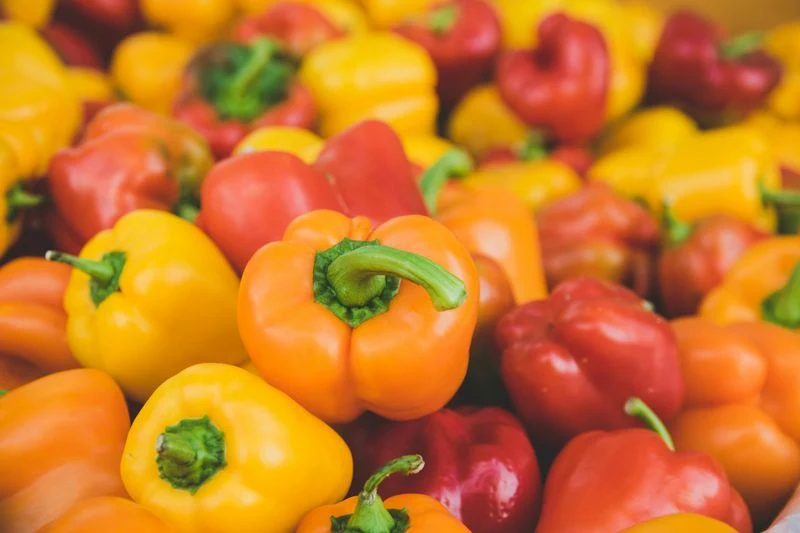
Bell peppers, with their colorful array, love the heat. These plants require warm temperatures to produce their sweet, crunchy fruits. Growing them in full sun after the last frost ensures maximum yield.
Whether green, red, yellow, or orange, bell peppers are a versatile addition to any dish. They are packed with vitamins A and C, contributing to a healthy diet.
Fun fact: Bell peppers are technically fruits, related to chili peppers, yet they lack the heat, offering a mild, sweet flavor instead. This distinction adds intrigue to their character.
Eggplants
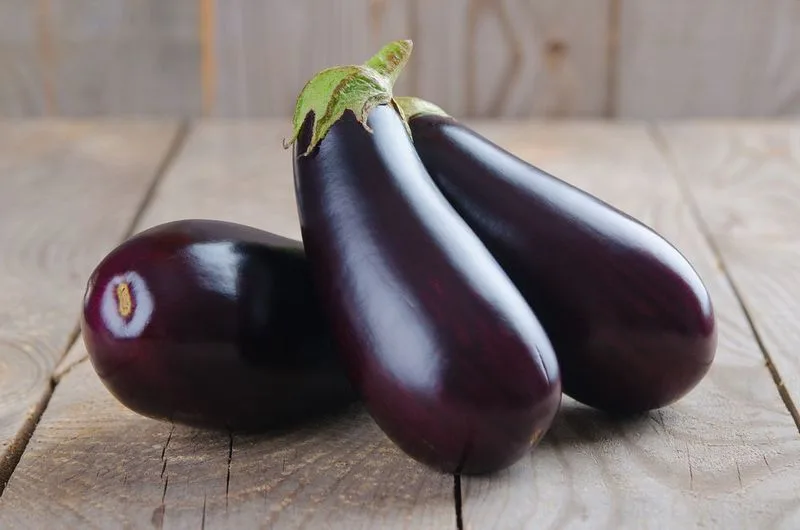
Eggplants, with their glossy, deep purple appearance, thrive in heat. These Mediterranean natives require warmth and full sun to produce their unique fruits.
Eggplants are versatile, offering culinary possibilities from grilling to baking. They are rich in fiber, vitamins, and antioxidants, promoting health benefits.
Did you know? Eggplants were once called “mad apples” in Italy, believed to cause insanity. Their culinary evolution has since proven them to be a delightful addition to many dishes, demonstrating their enduring appeal.
Cucumbers
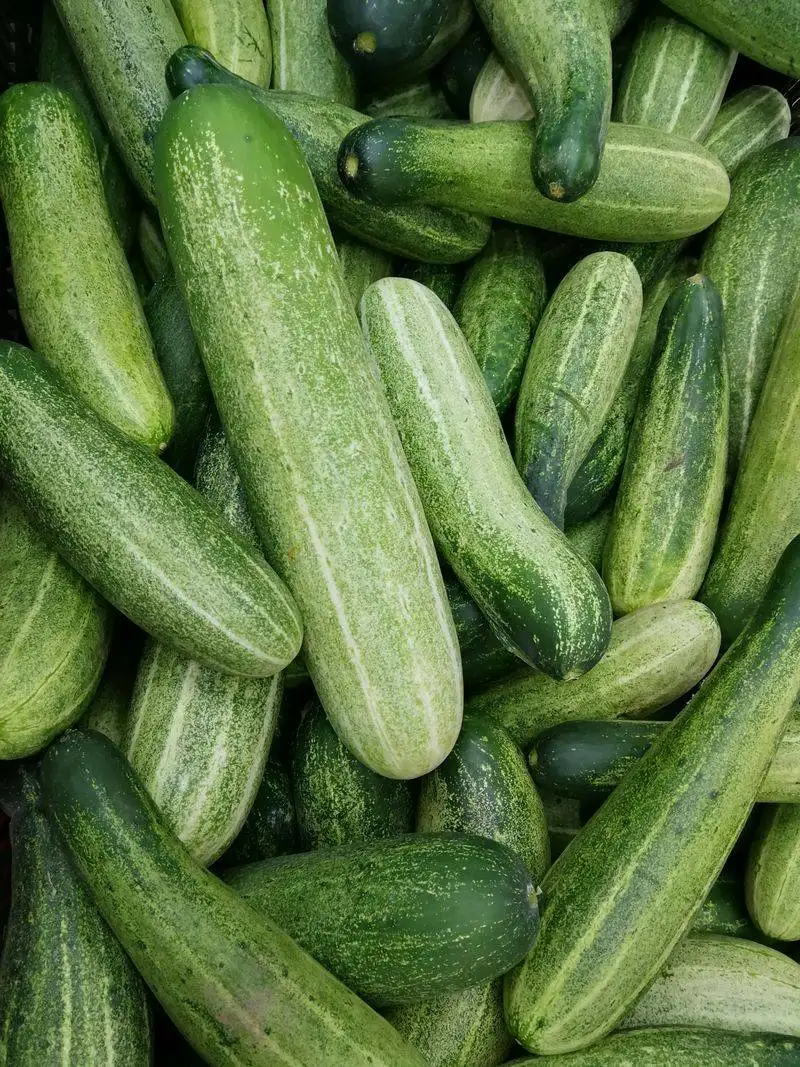
Cucumbers, synonymous with refreshment, are heat-loving plants. These vines require warm temperatures and plenty of sunlight to flourish, producing crisp, hydrating fruits.
Enjoyed fresh or pickled, cucumbers offer versatility in the kitchen. They are low in calories but high in vitamins K and C, making them a healthy choice.
Fun tidbit: Cucumbers have been cultivated for over 3,000 years, with origins tracing back to India. Their long-standing presence in gardens speaks to their ongoing popularity and versatility.
Corn

Corn, often associated with summer barbecues, thrives in the heat. These tall plants demand warm temperatures and full sun to produce their sweet, juicy kernels.
Corn is a staple in many diets, offering versatility from grilling to boiling. Rich in fiber and vitamins, it provides nutritional benefits.
An historical note: Corn was domesticated over 9,000 years ago in southern Mexico. Its journey from ancient staple to modern favorite showcases its adaptability and enduring appeal in gardens worldwide.
Zucchini
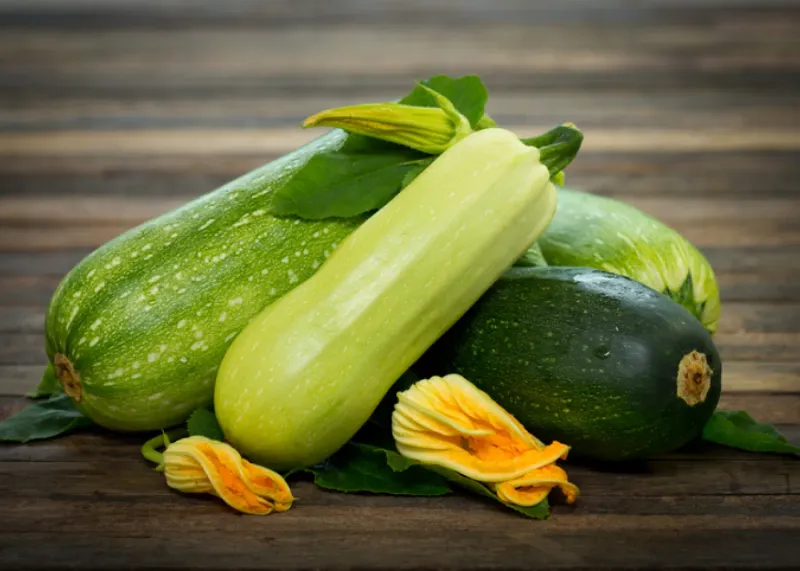
Zucchini, a summer squash, loves the warmth. These prolific plants require heat and full sun to produce abundant, tender fruits. Planting zucchini after the last frost ensures a successful harvest.
Versatile in the kitchen, zucchini can be grilled, baked, or spiralized. It’s low in calories but high in fiber, making it a healthy addition to meals.
Did you know? Zucchini is technically a fruit, and the largest ever recorded weighed over 65 pounds! This fun fact highlights the potential abundance from just a few plants.
Okra

Okra, with its delicate pods, thrives in heat. This Southern staple requires warm temperatures to grow, producing tender pods perfect for frying or stewing.
Okra is rich in vitamins A and C, providing health benefits alongside its culinary versatility. Its unique texture and flavor add interest to dishes.
A quirky fact: Okra is known as “lady’s fingers” in some countries, and it’s believed to have originated in Ethiopia. This fascinating history adds depth to its garden presence.
Watermelons

Watermelons, the quintessential summer treat, demand heat to thrive. These sprawling vines require warm temperatures and full sun, producing sweet, juicy fruits that are perfect for hot days.
Enjoyed fresh or in salads, watermelons are hydrating and packed with vitamins A and C. Their refreshing nature makes them a favorite for picnics and gatherings.
Fun fact: Watermelons originated in Africa, with evidence of cultivation dating back over 5,000 years. Their journey from ancient to modern times underscores their lasting popularity.

